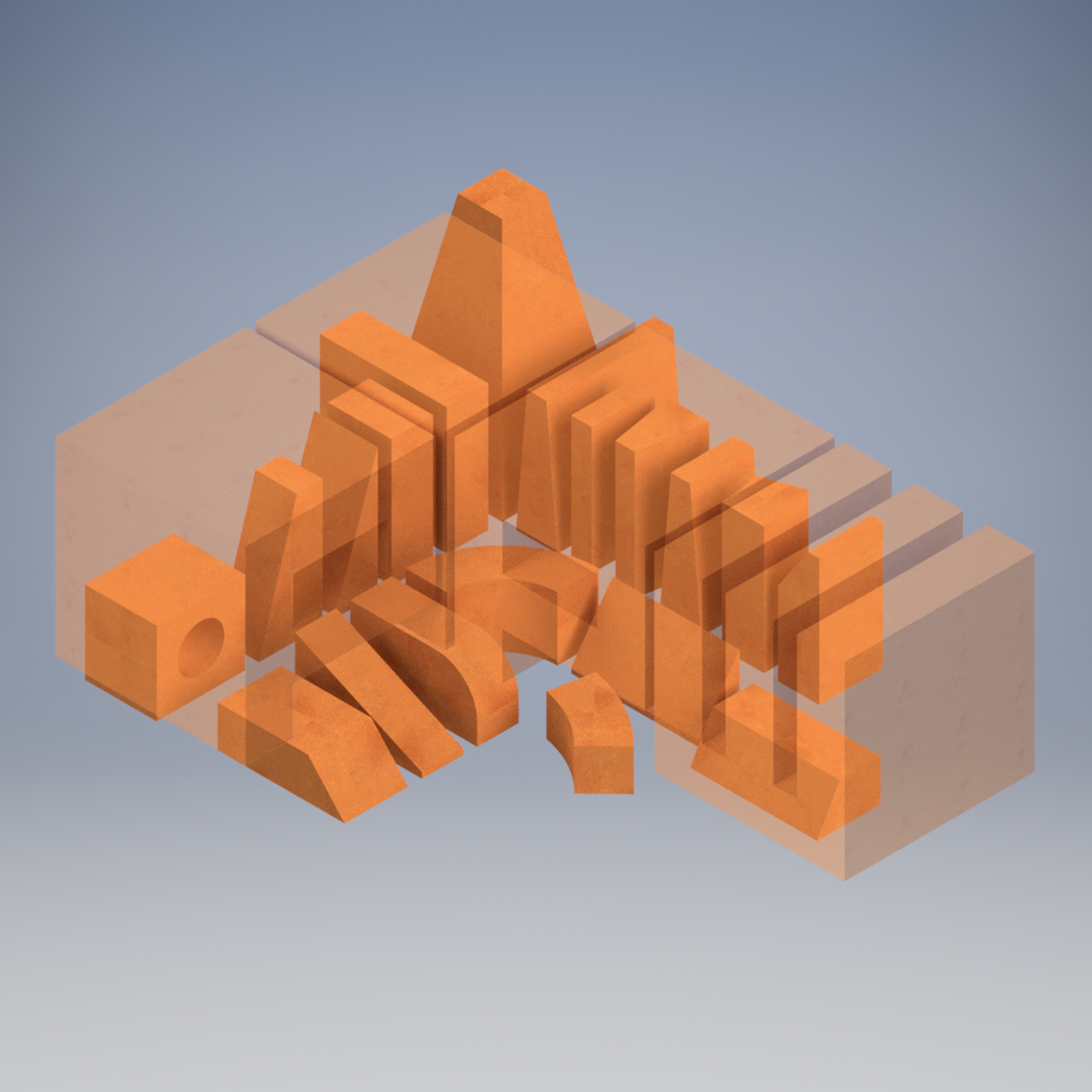
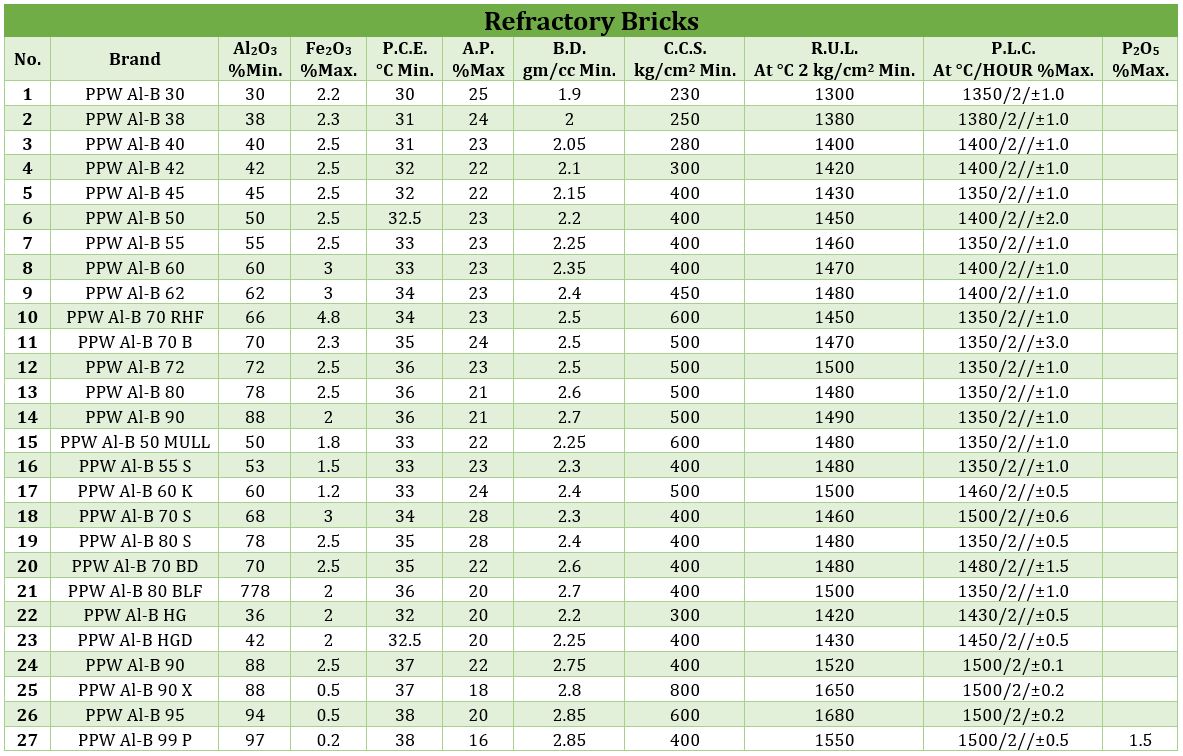
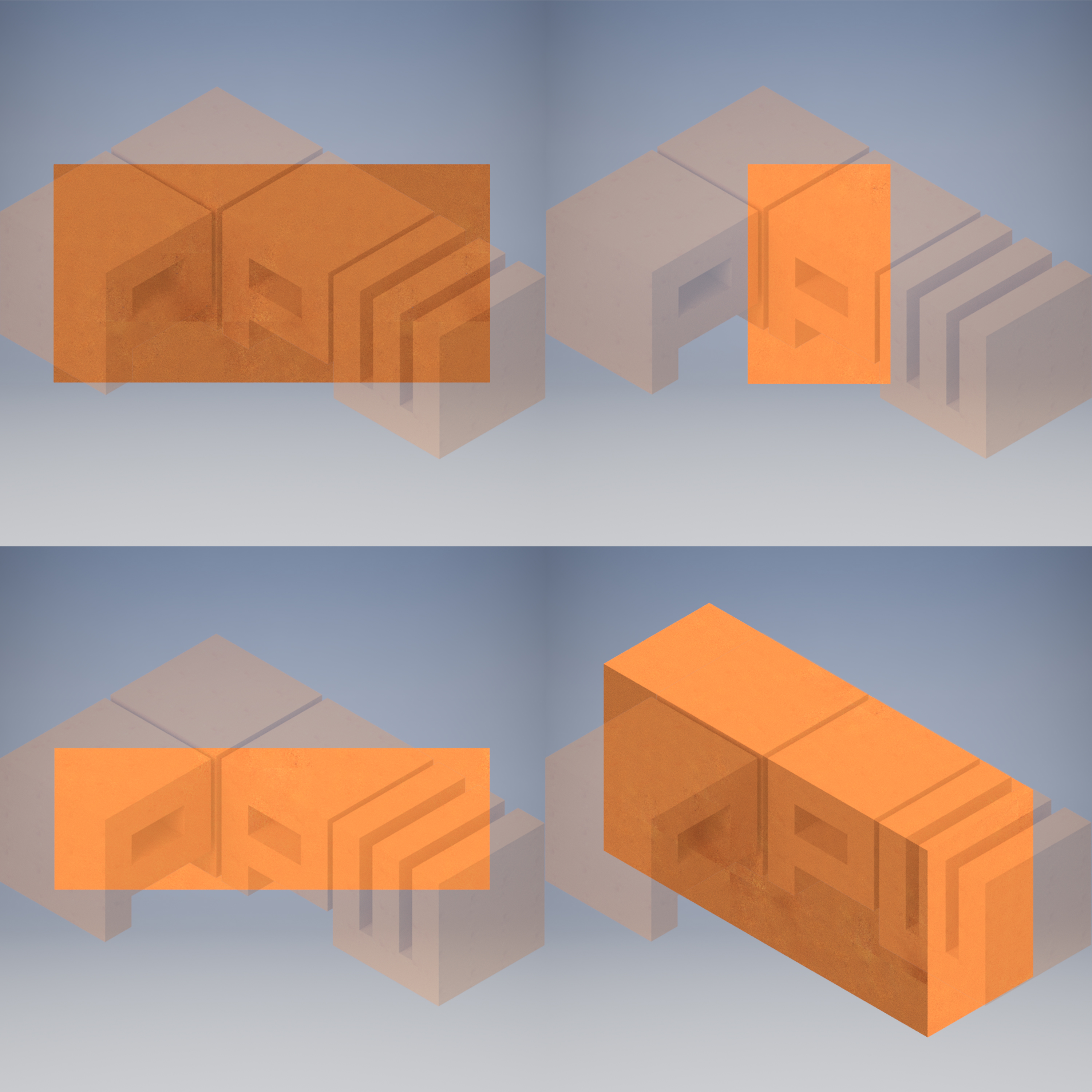 STANDARD SQUARE
STANDARD SQUARE
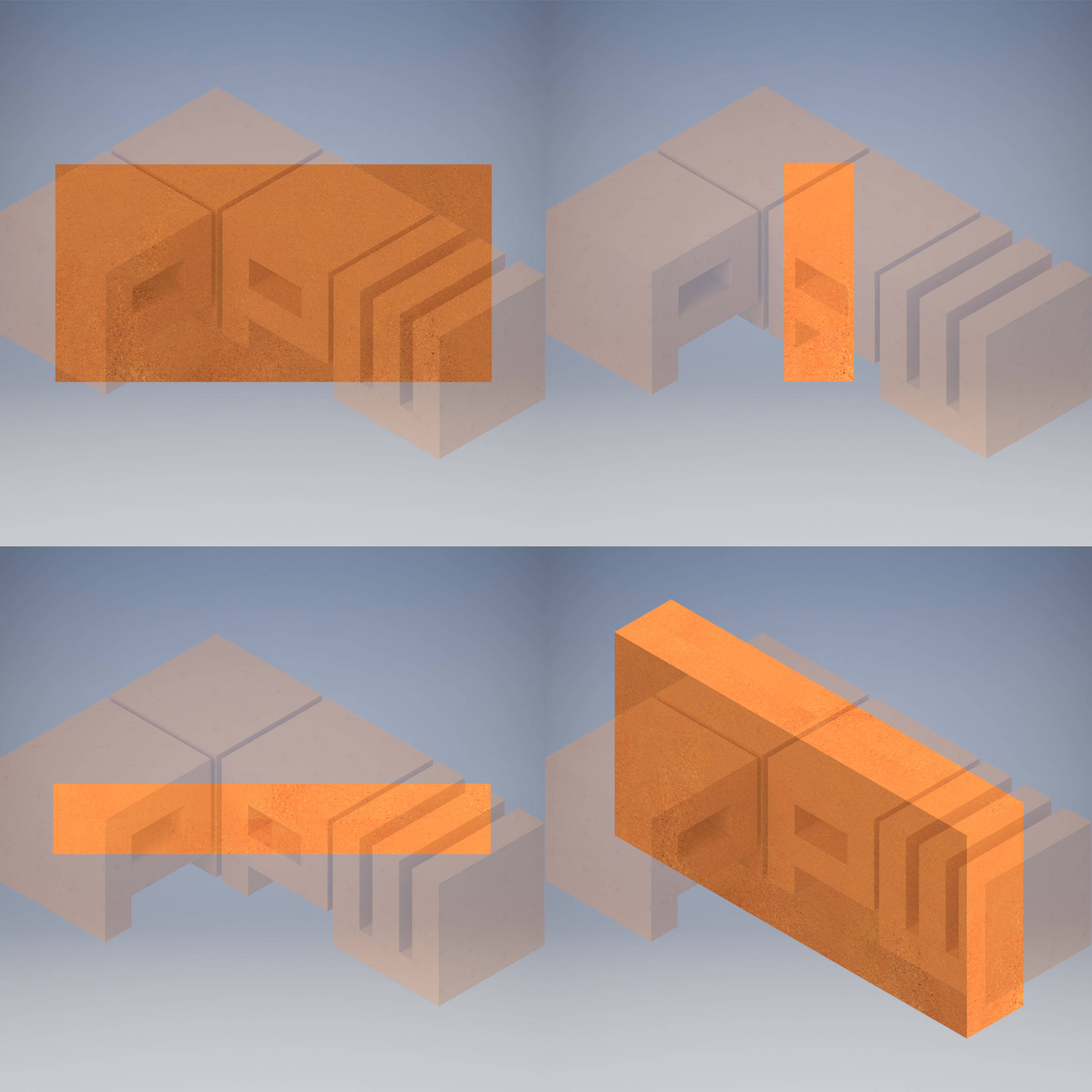 SPLIT
SPLIT
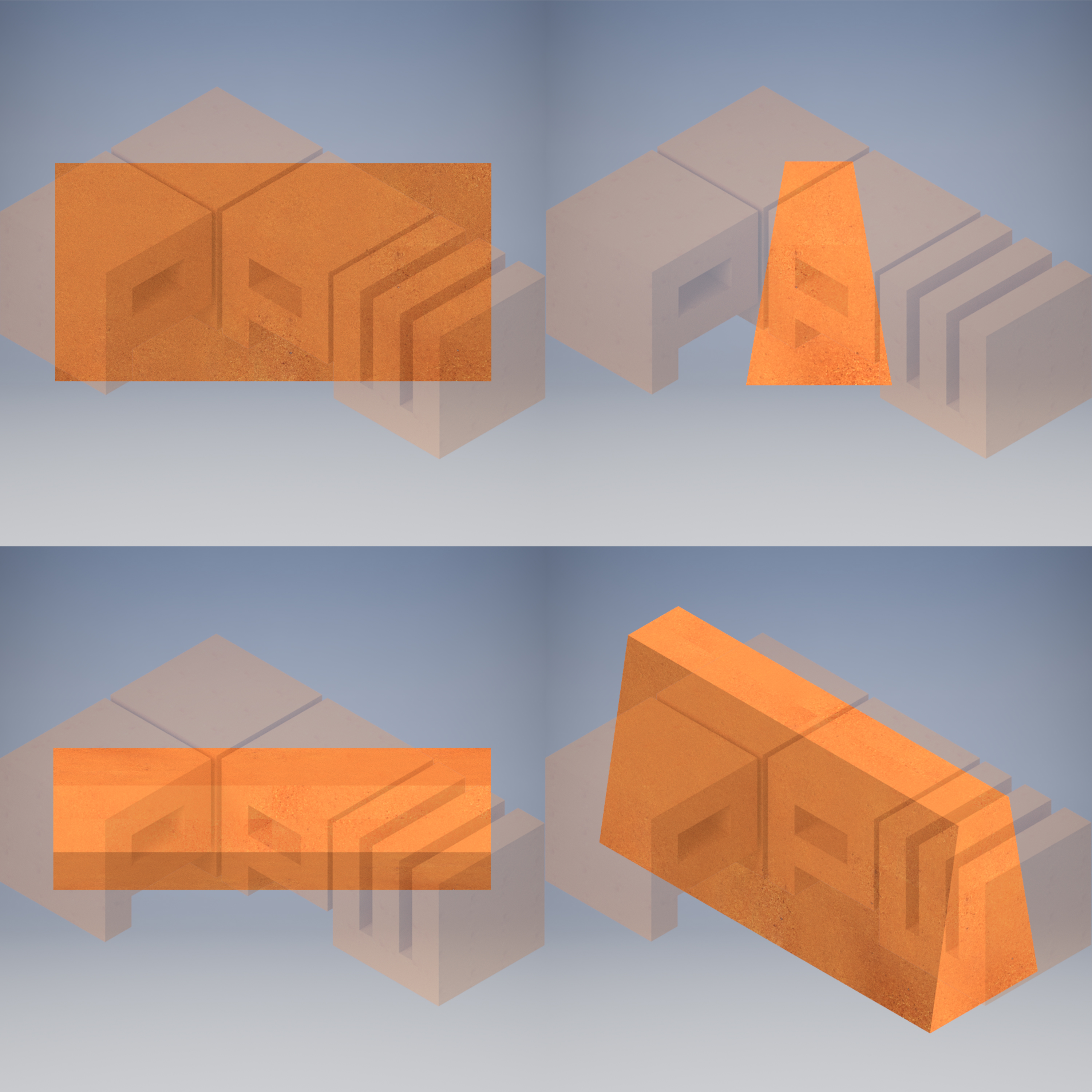 SIDE ARCH
SIDE ARCH
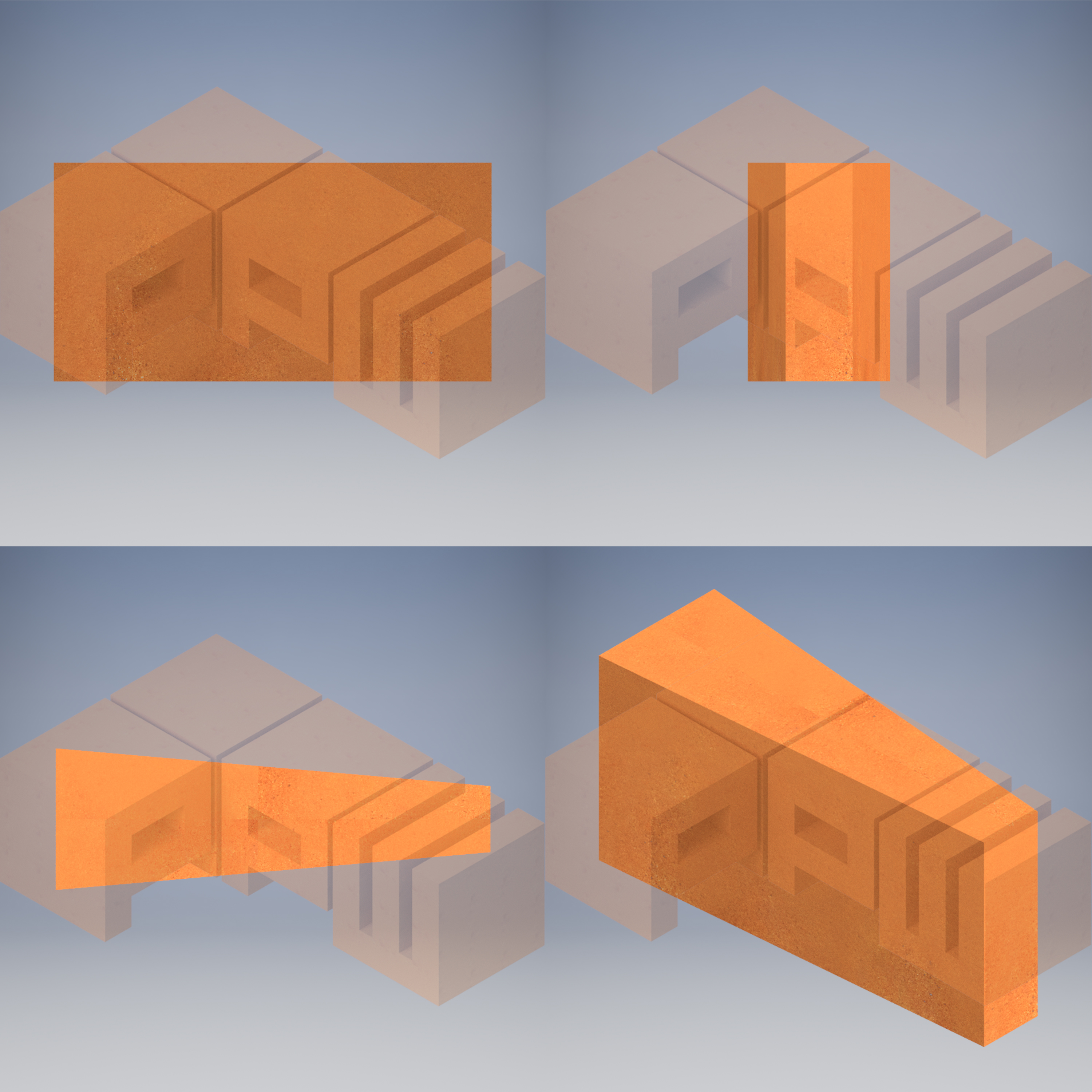 END ARCH
END ARCH
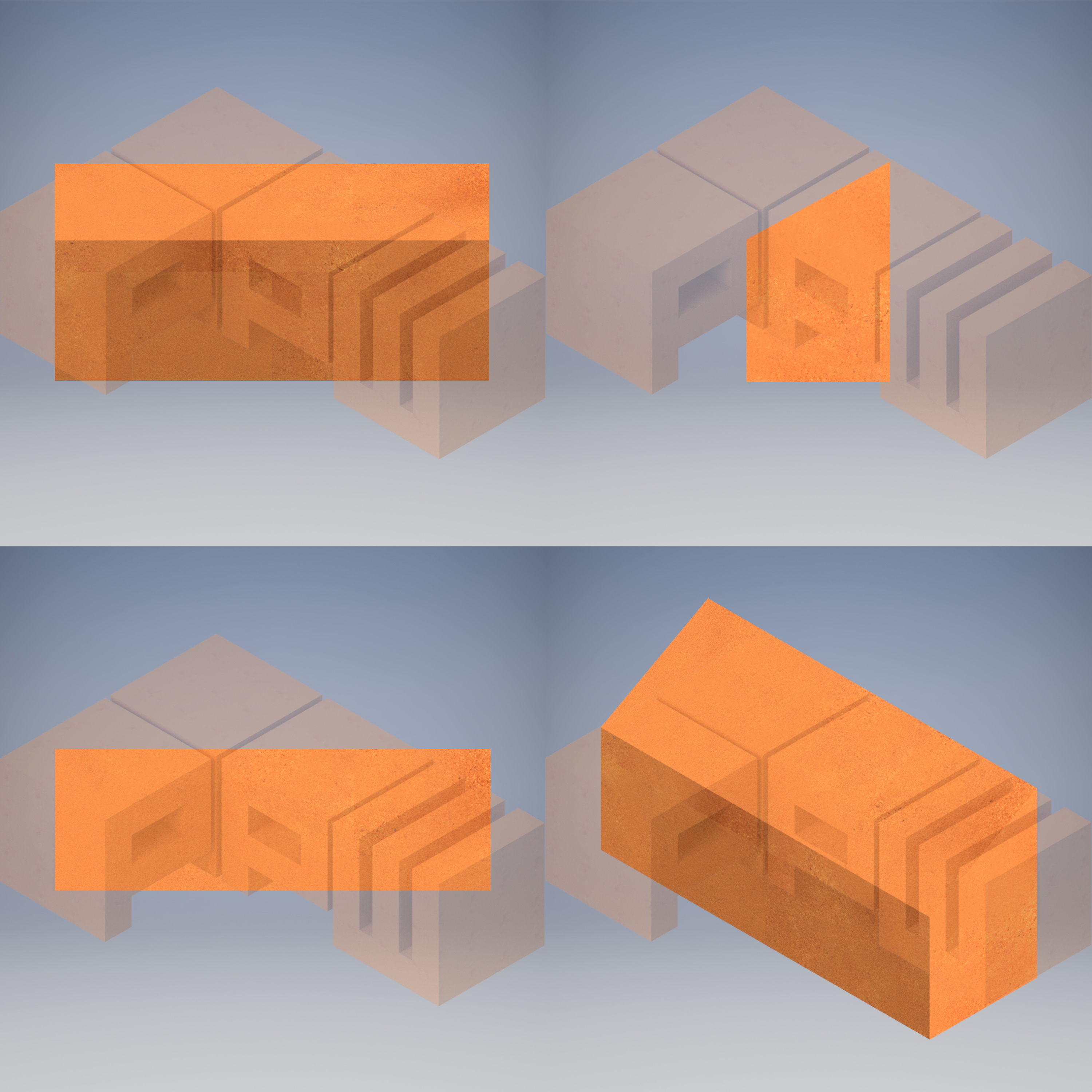 SIDE SKEW
SIDE SKEW
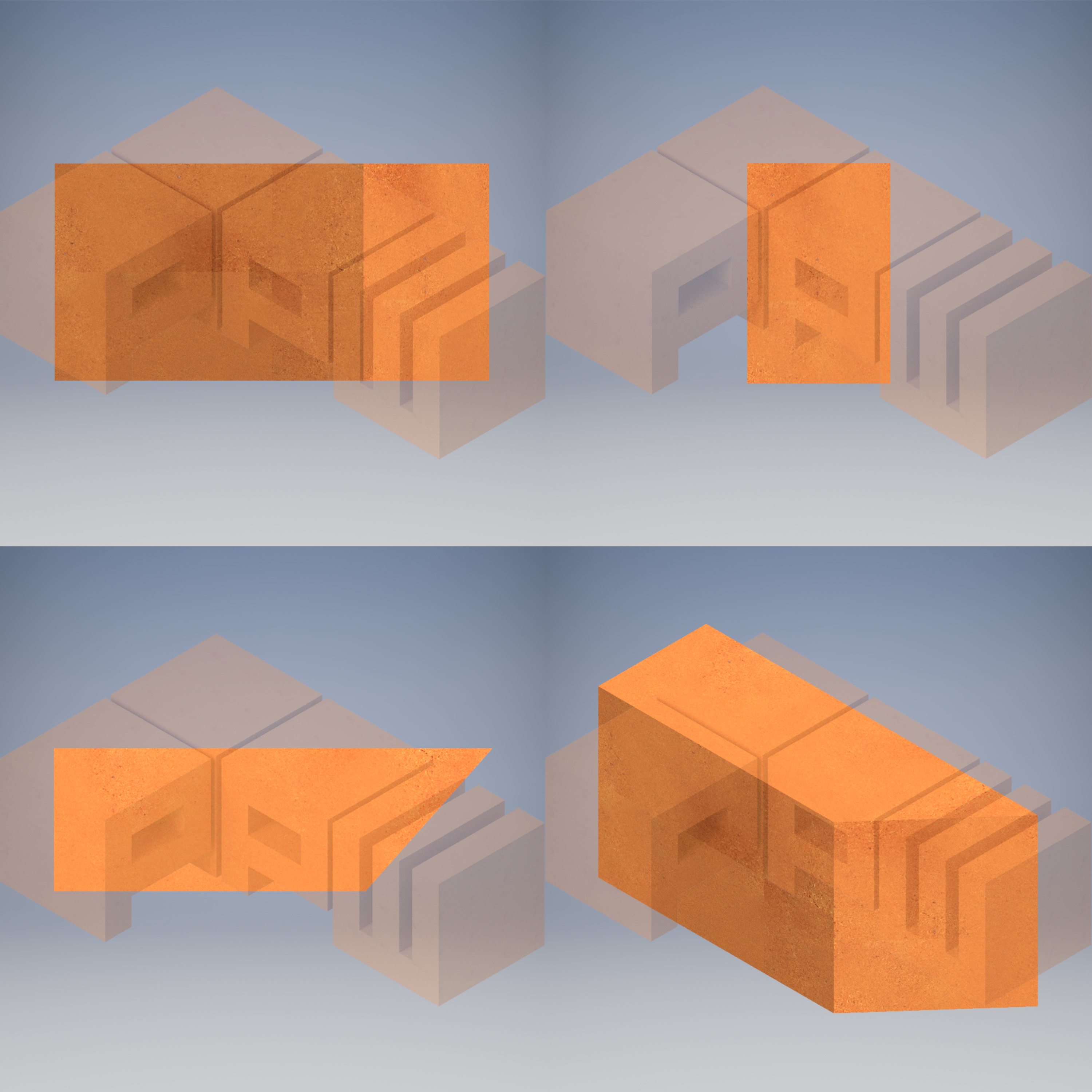 END SKEW
END SKEW
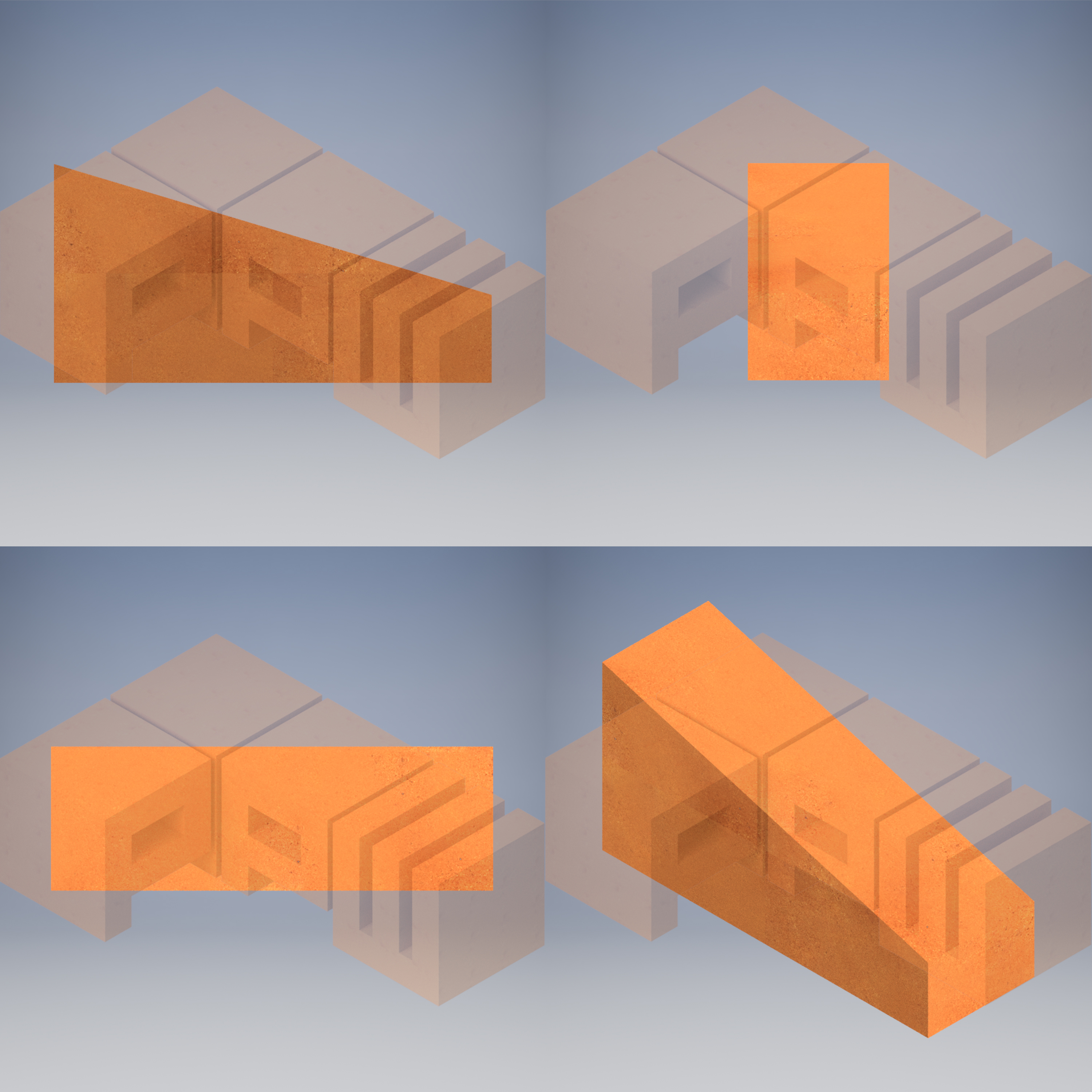 EDGE SKEW
EDGE SKEW
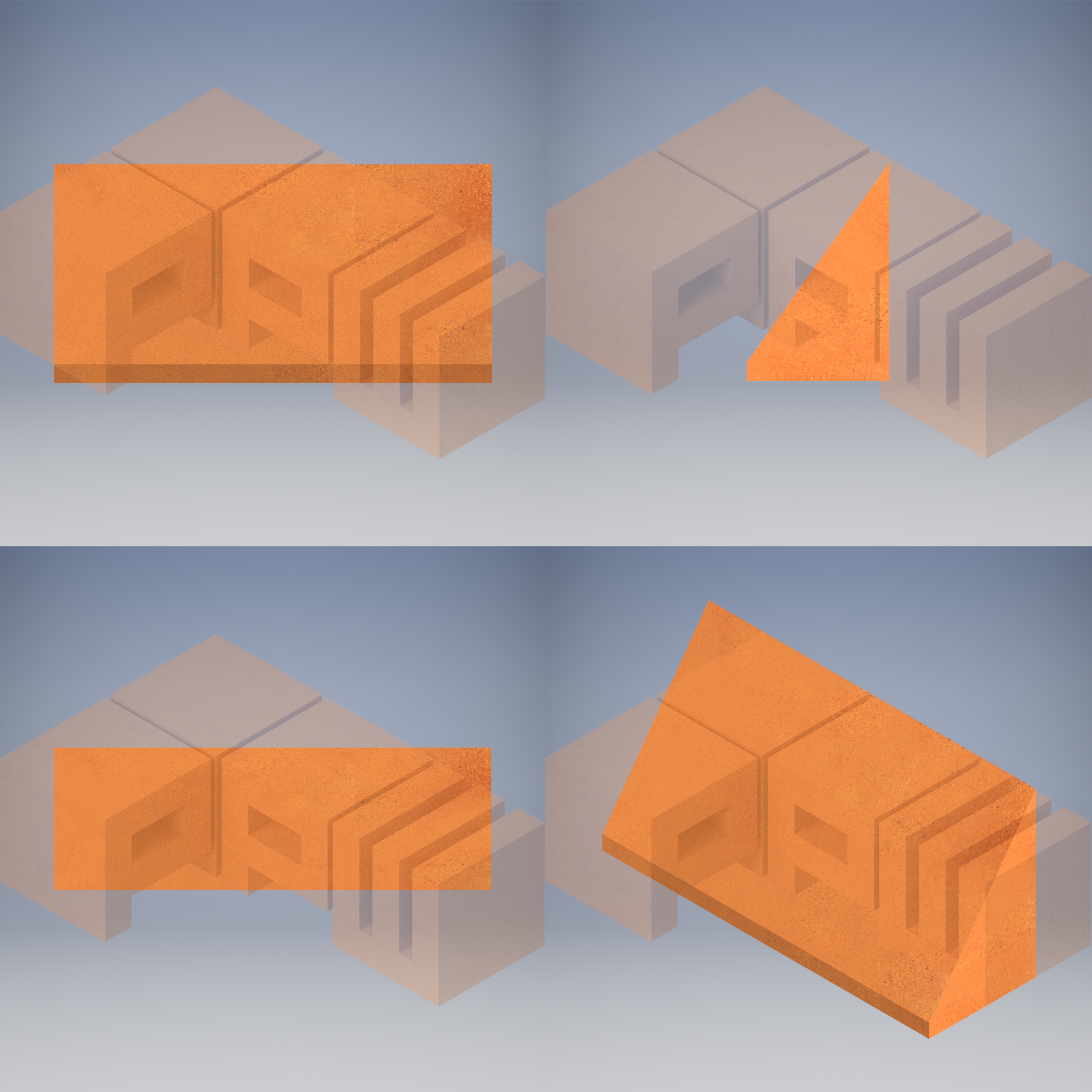 SIDE FEATHER
SIDE FEATHER
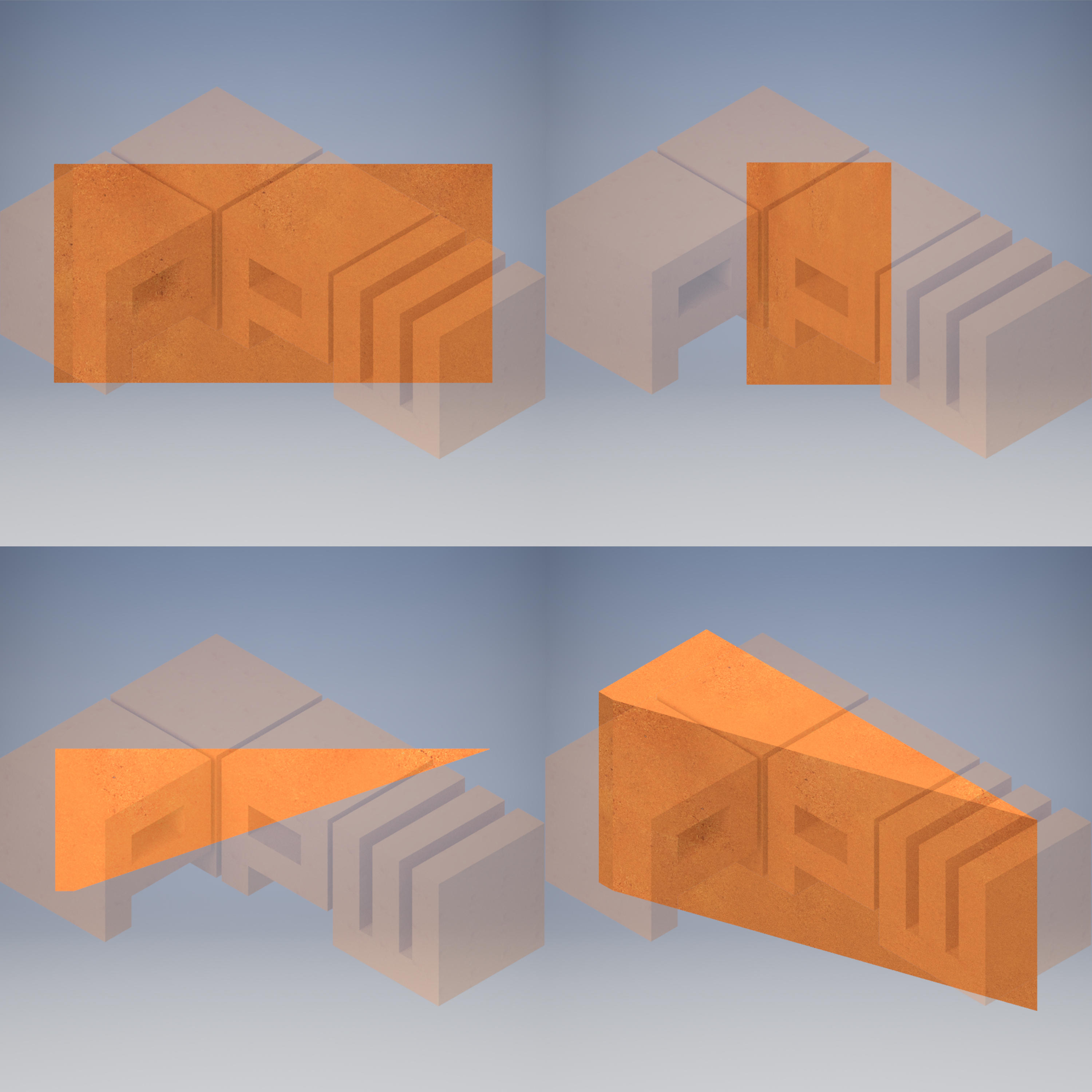 END FEATHER
END FEATHER
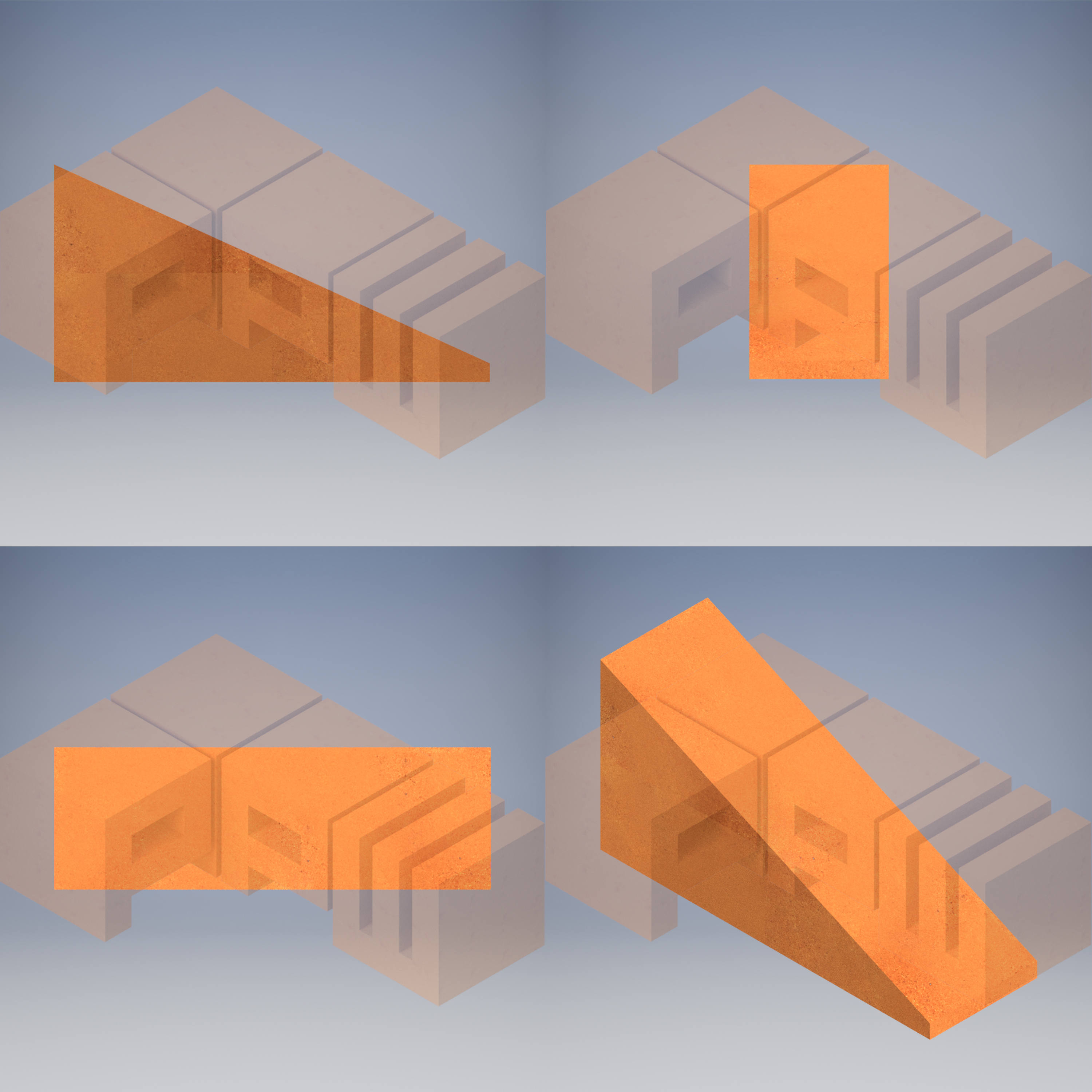 EDGE FEATHER
EDGE FEATHER
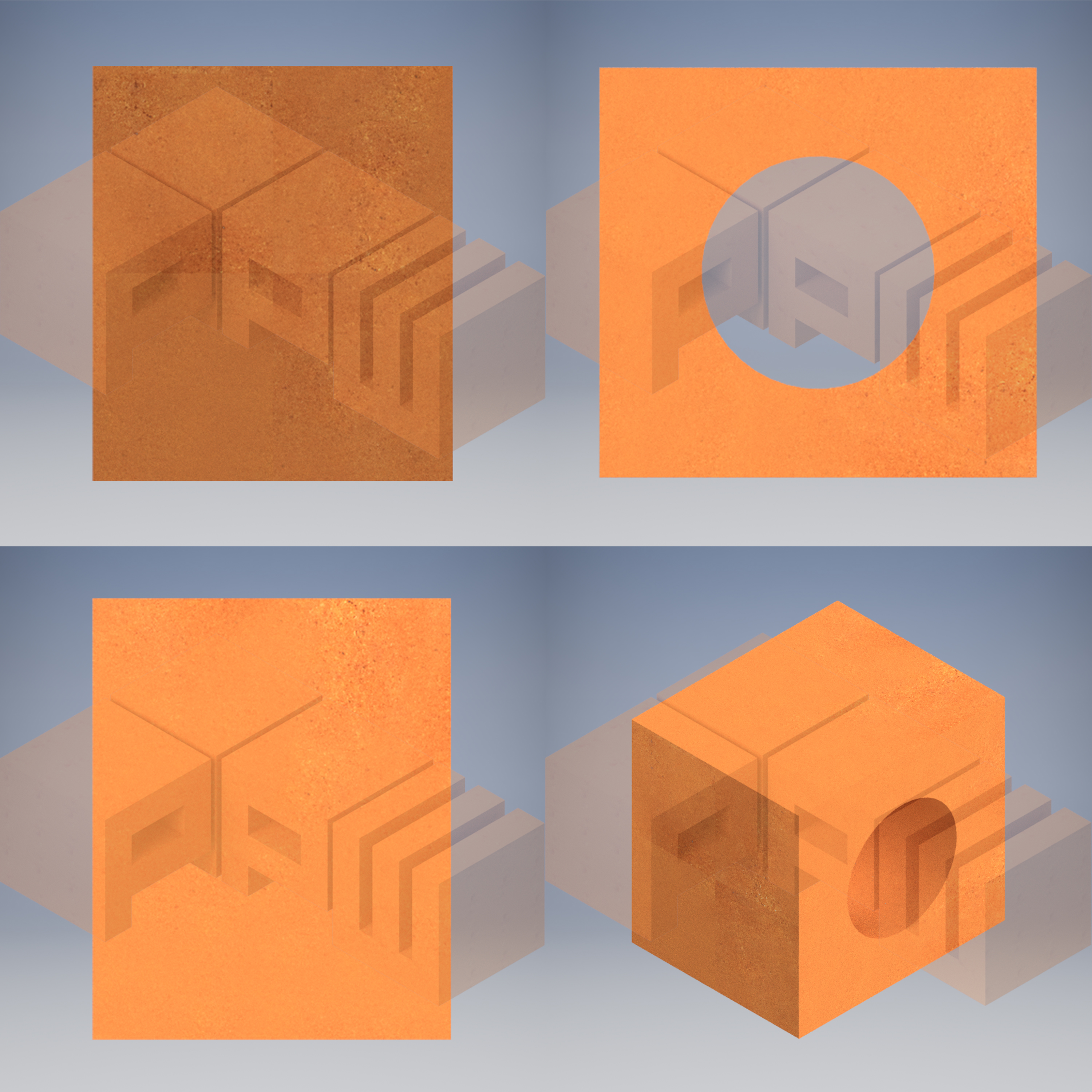 HOLLOW FEATHER
HOLLOW FEATHER
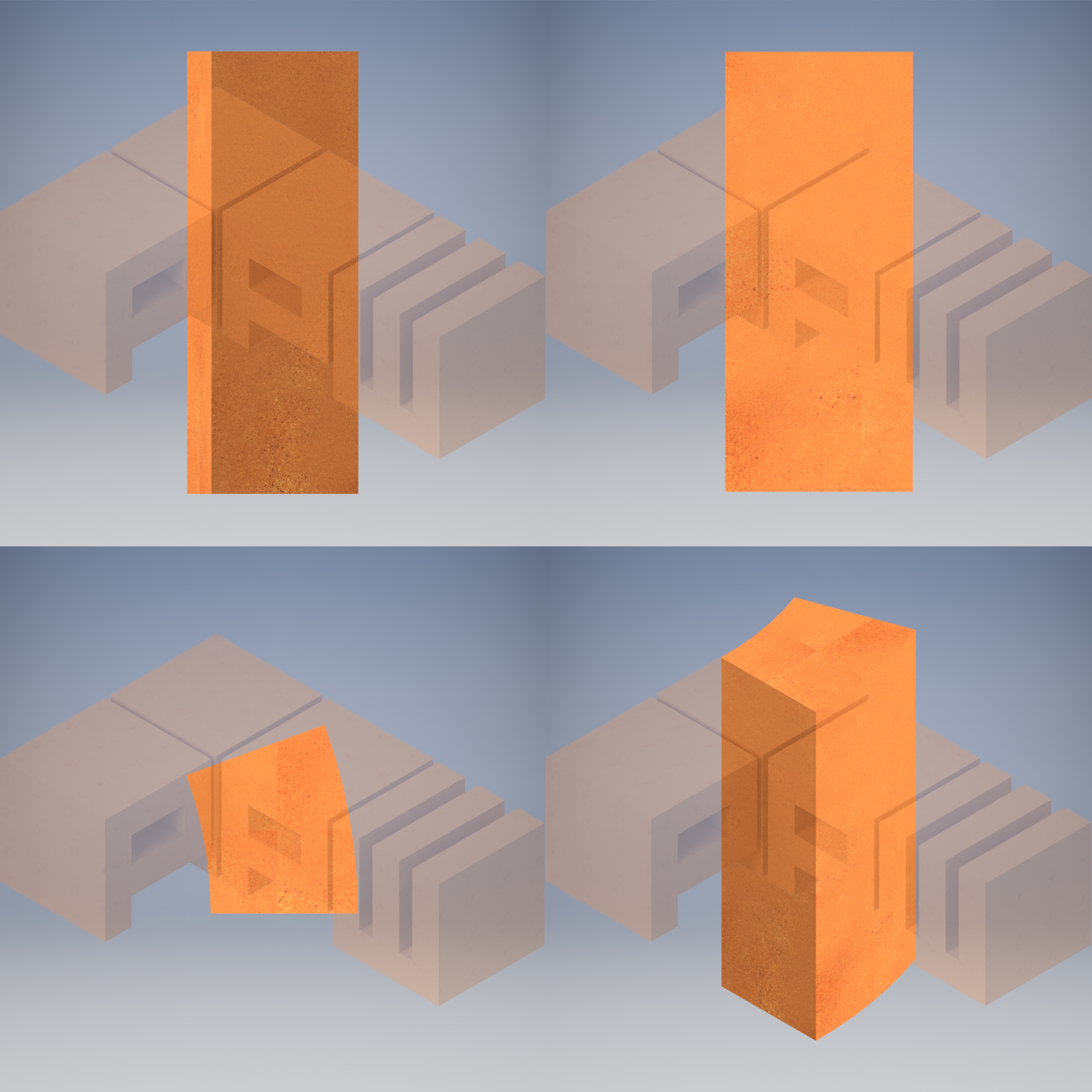 CIRCLE BRICK
CIRCLE BRICK
 CIRCLE BRICK
CIRCLE BRICK
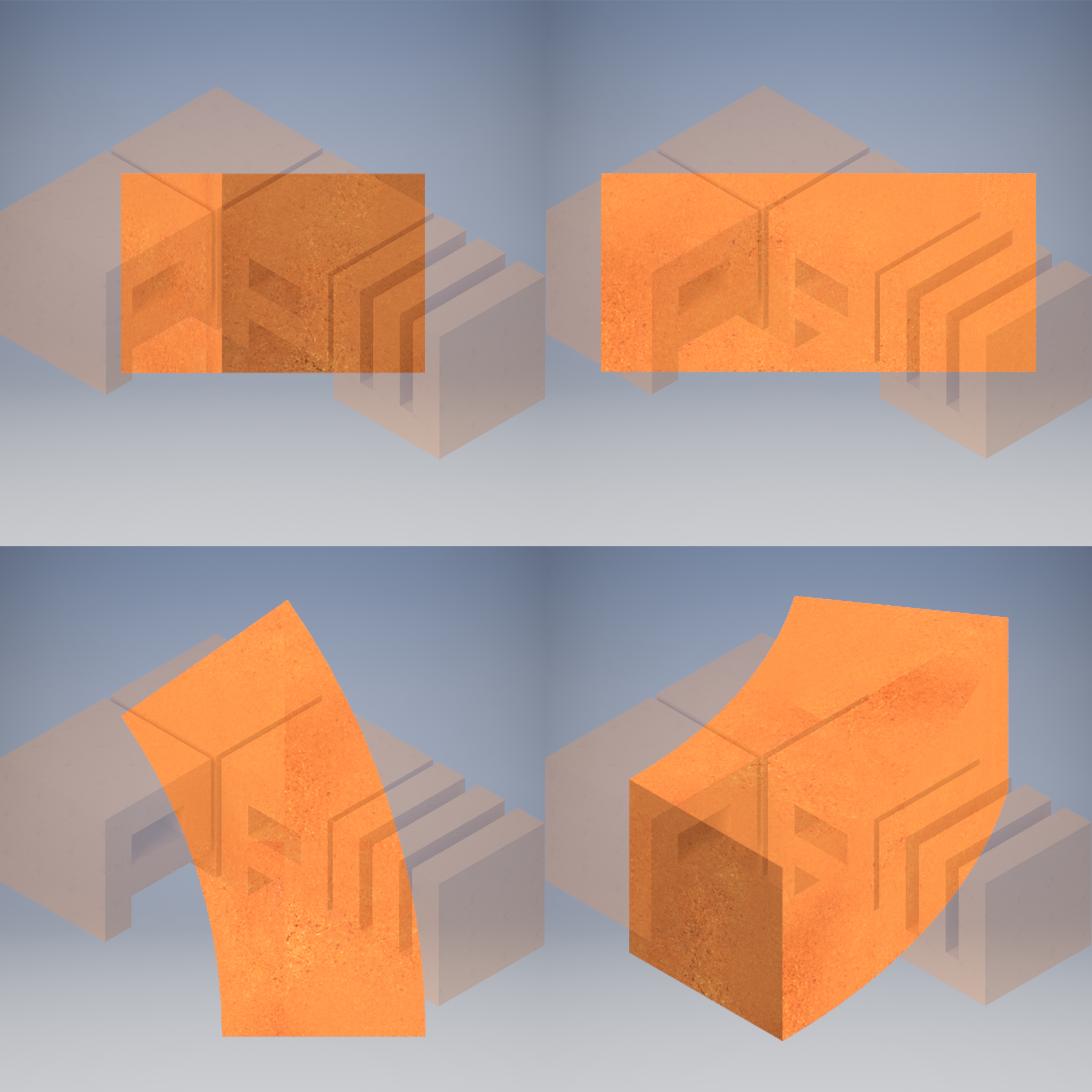 CIRCLE BRICK
CIRCLE BRICK
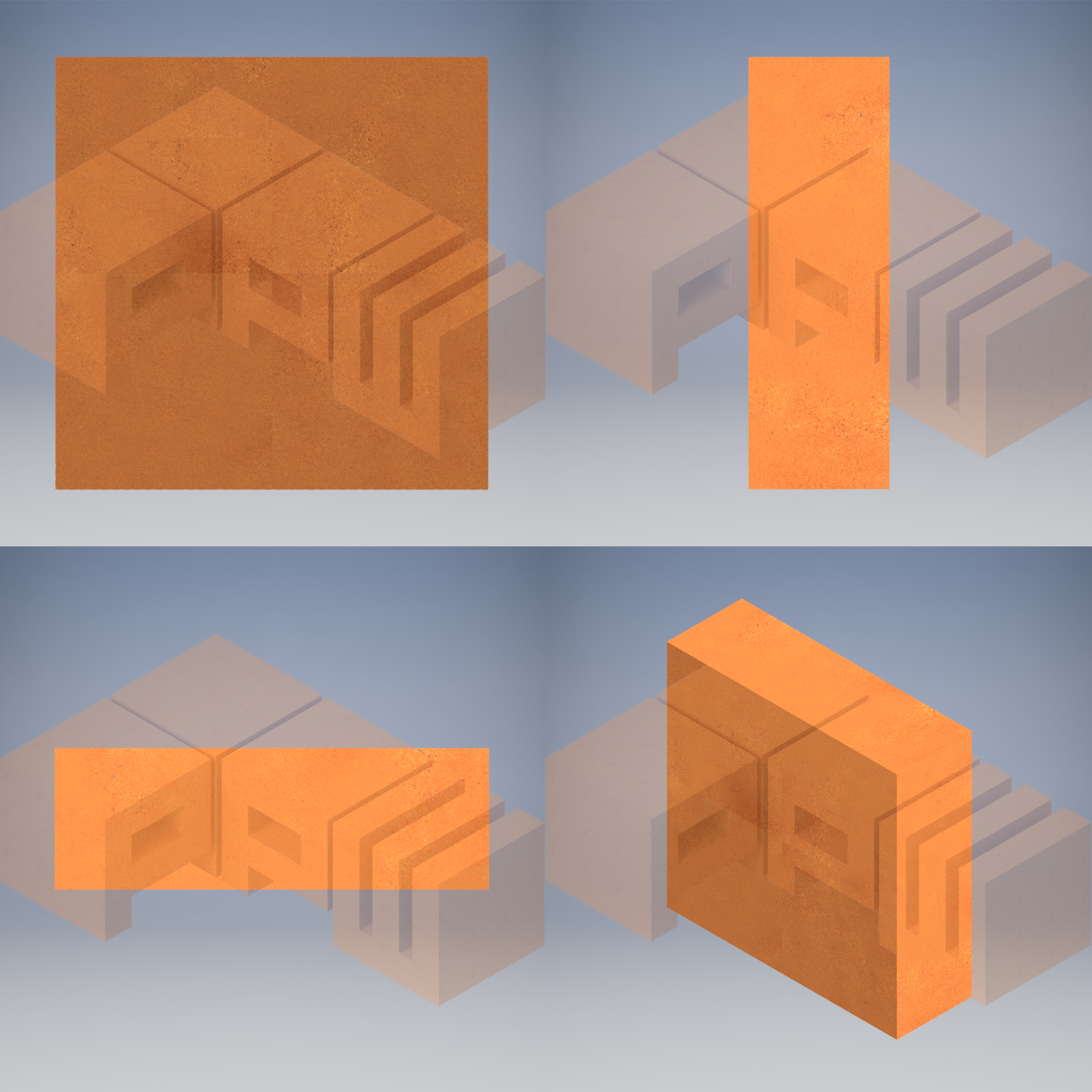 BONDER
BONDER
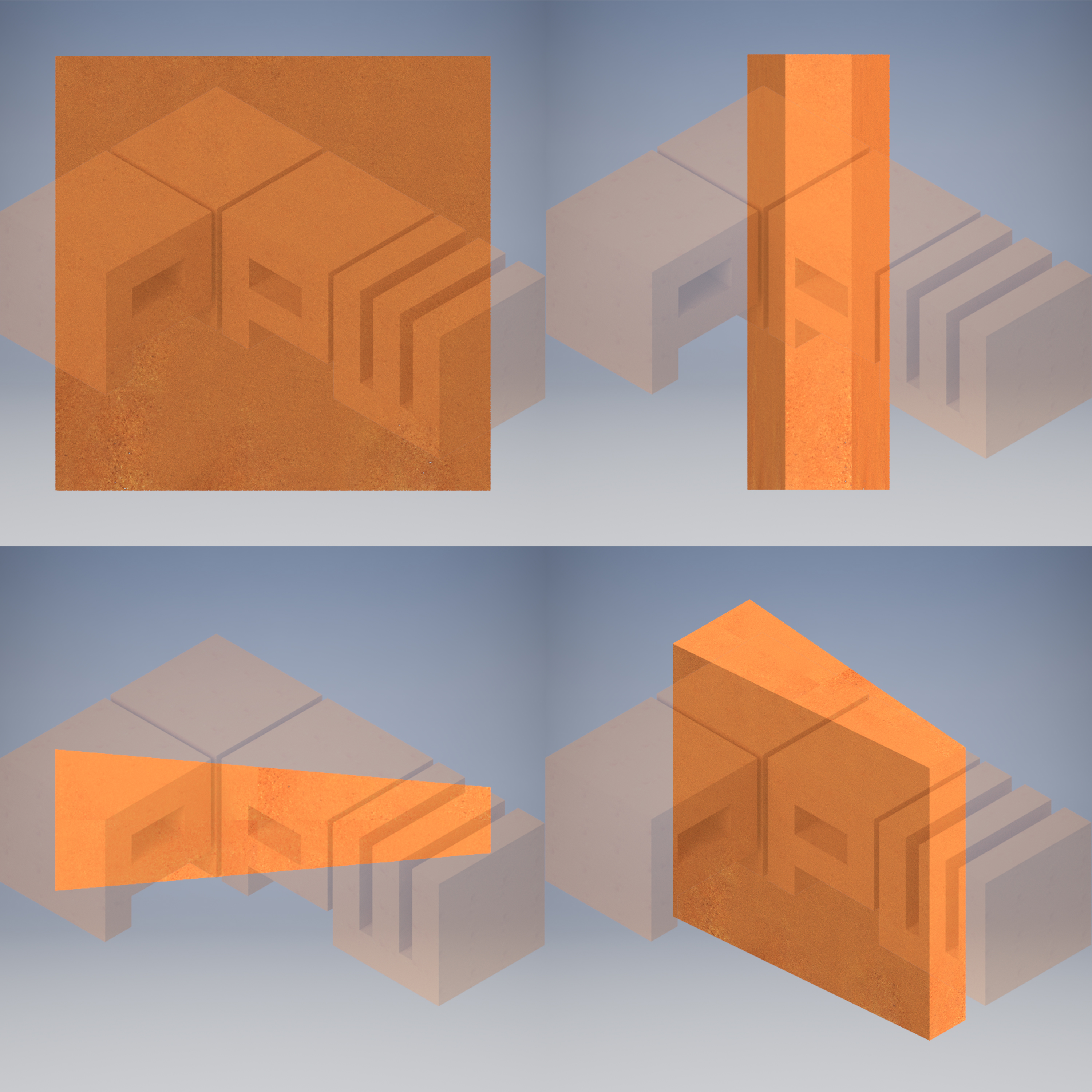 BONDER
BONDER
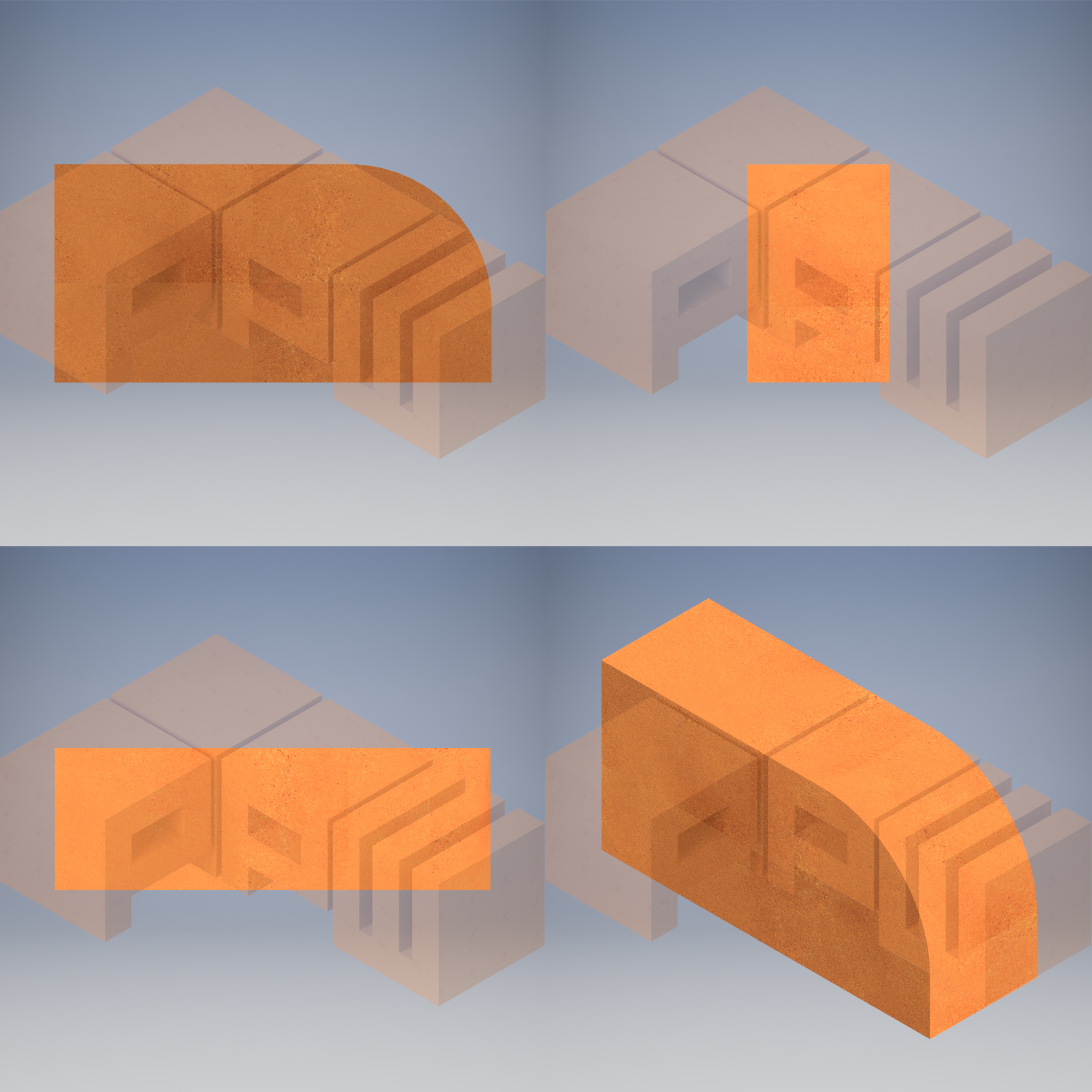 BULL NOSE OR JAMB BRICK
BULL NOSE OR JAMB BRICK
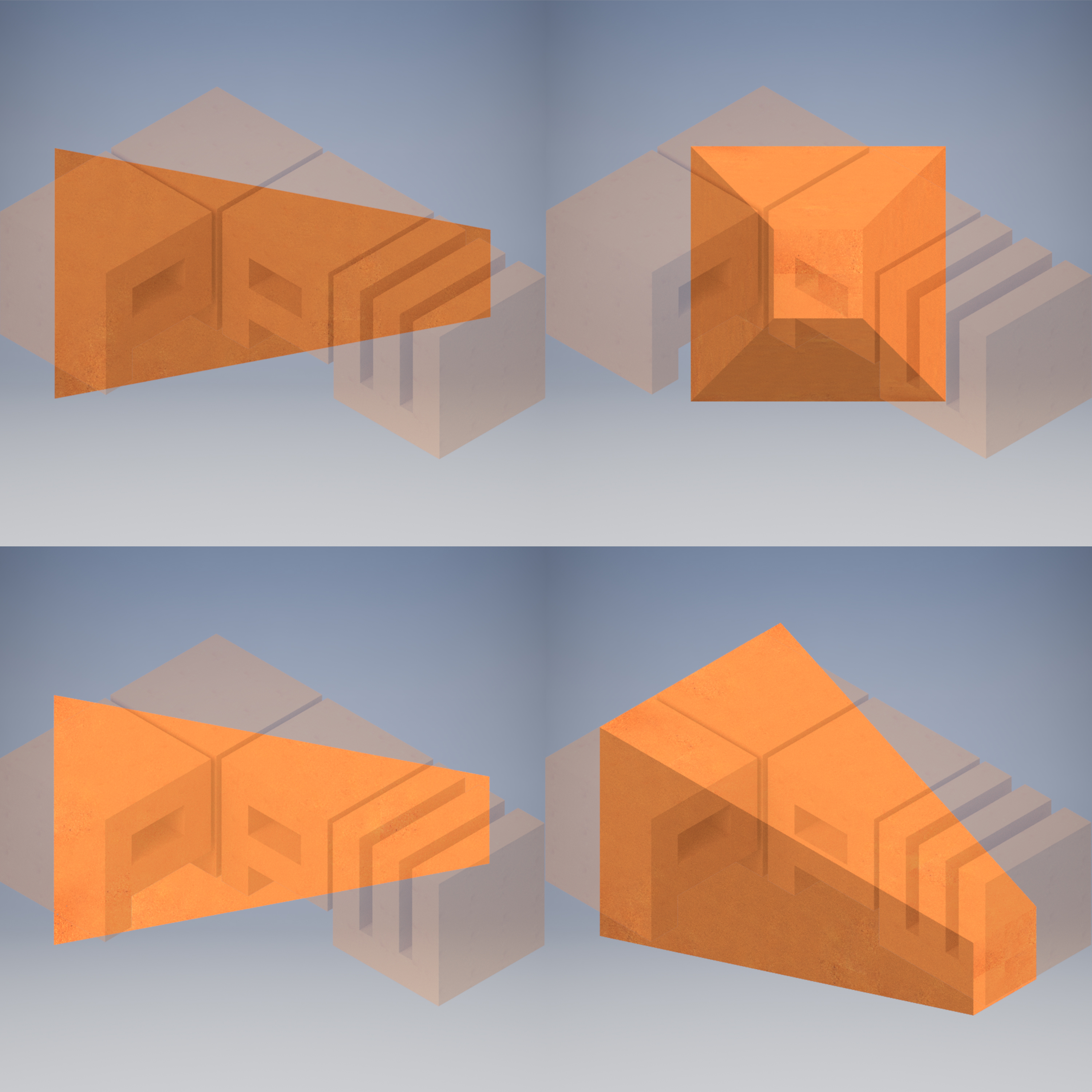 DOME BRICK
DOME BRICK
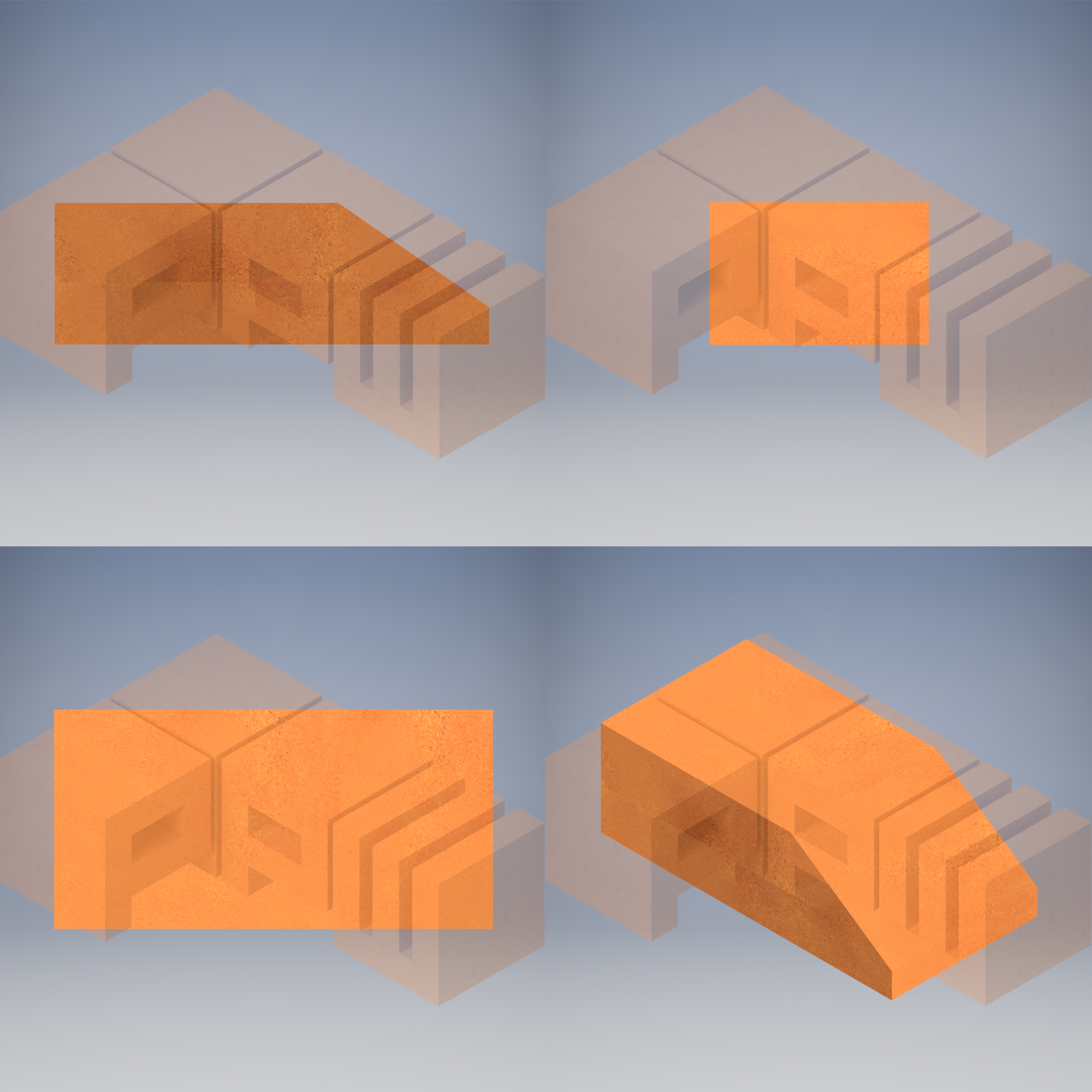 BEVEL BRICK
BEVEL BRICK
INTROUDUCTION
A fire brick, firebrick, or refractory brick is a block of refractory ceramic material used in lining furnaces, kilns, fireboxes, and fireplaces. A refractory brick is built primarily to withstand high temperature, but will also usually have a low thermal conductivity for greater energy efficiency. Usually dense firebricks are used in applications with extreme mechanical, chemical, or thermal stresses, such as the inside of a wood-fired kiln or a furnace, which is subject to abrasion from wood, fluxing from ash or slag, and high temperatures. In other, less harsh situations, such as in an electric or natural gas fired kiln, more porous bricks, commonly known as "kiln bricks" are a better choice. They are weaker, but they are much lighter, easier to form, and insulate far better than dense bricks. In any case, firebricks should not spall, and their strength should hold up well during rapid temperature changes.
MANUFACTURE
In the making of firebrick, fireclay is fired in the kiln until it is partly vitrified, and for special purposes may also be glazed. There are two standard sizes of fire-brick; one is 9×4½×3 inches (229×114×76 mm) and the other is 9×4½×2½ inches (229×114×64 mm). Also available are firebrick “splits” which are half the thickness and are often used to line wood stoves and fireplace inserts. The dimensions of a split are usually 9×4½×1¼ inches (229×114×32 mm). Fire brick was first invented in 1822 by William Weston Young in the Neath Valley of Wales.
COMPOSITION
Fire bricks have an aluminium oxide content that can be as high as 50–80% (with correspondingly less silica).

